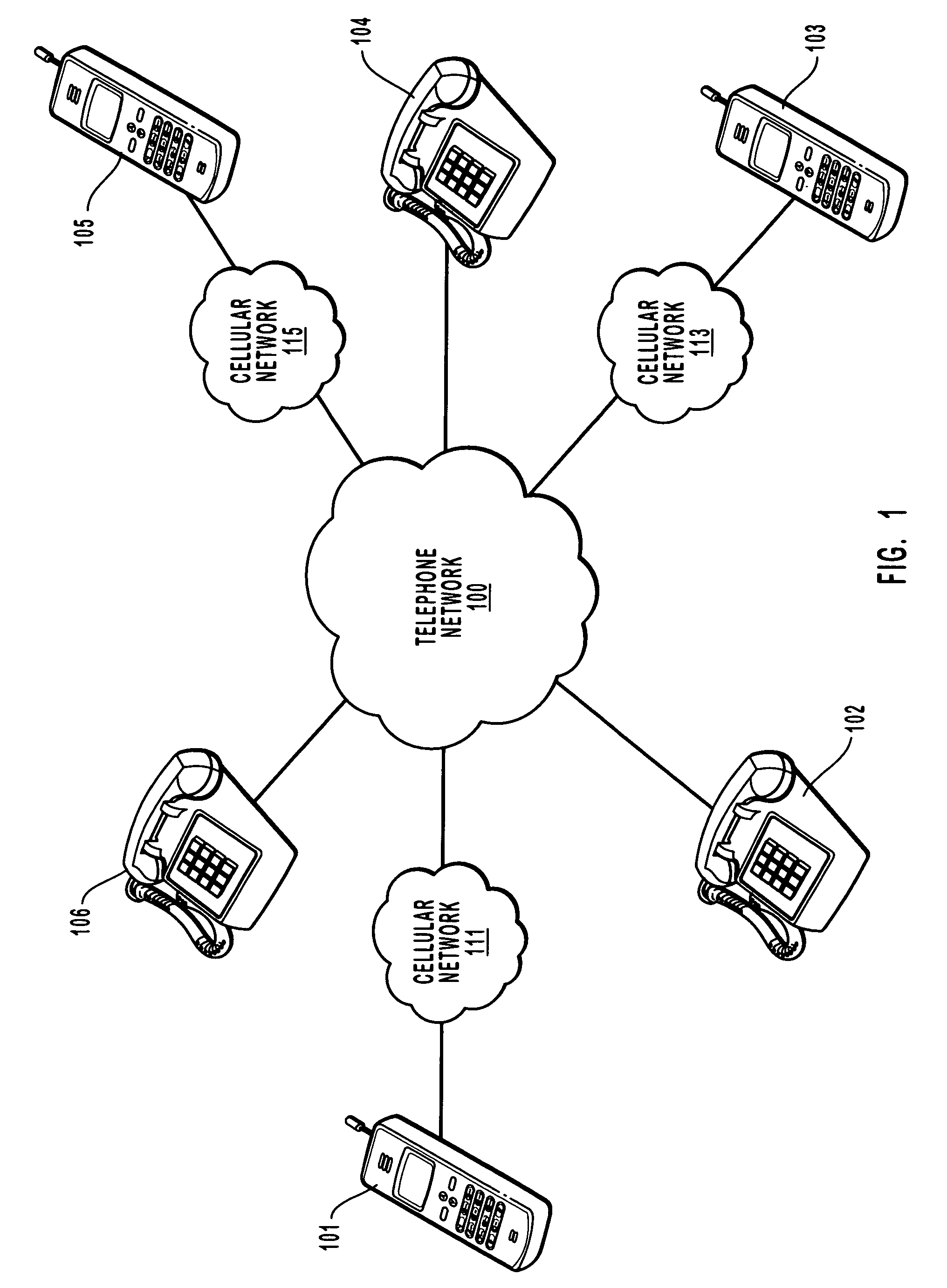Communicating multi-part messages between cellular devices using a standardized interface
a multi-part message and standardized technology, applied in the field of cellular communication, can solve the problems of limited number of channels that could be maintained, large telephone transmission power, and large volume of radio telephones
- Summary
- Abstract
- Description
- Claims
- Application Information
AI Technical Summary
Benefits of technology
Problems solved by technology
Method used
Image
Examples
Embodiment Construction
[0035]The present invention extends to methods, systems and computer program products for facilitating fragmentation and reassembly of multi-part messages for transmission over a cellular network without the application program having to implement the details necessary to fragment and reassemble the multi-part message. In particular, a calling application that is to transmit a multi-part message uses a standardized interface to request that a short messaging layer transmit the message. If the message is large enough, the short messaging layer fragments and transmits the message and, if requested, returns a unified delivery report for the multi-part message. On the receiving end, a short messaging layer reassembles the multi-part message and passes the assembled message to a receiving application, without the receiving application having to implement the details required to reassemble a multi-part message.
[0036]The embodiments of the present invention may comprise a special purpose o...
PUM
 Login to View More
Login to View More Abstract
Description
Claims
Application Information
 Login to View More
Login to View More - R&D
- Intellectual Property
- Life Sciences
- Materials
- Tech Scout
- Unparalleled Data Quality
- Higher Quality Content
- 60% Fewer Hallucinations
Browse by: Latest US Patents, China's latest patents, Technical Efficacy Thesaurus, Application Domain, Technology Topic, Popular Technical Reports.
© 2025 PatSnap. All rights reserved.Legal|Privacy policy|Modern Slavery Act Transparency Statement|Sitemap|About US| Contact US: help@patsnap.com



